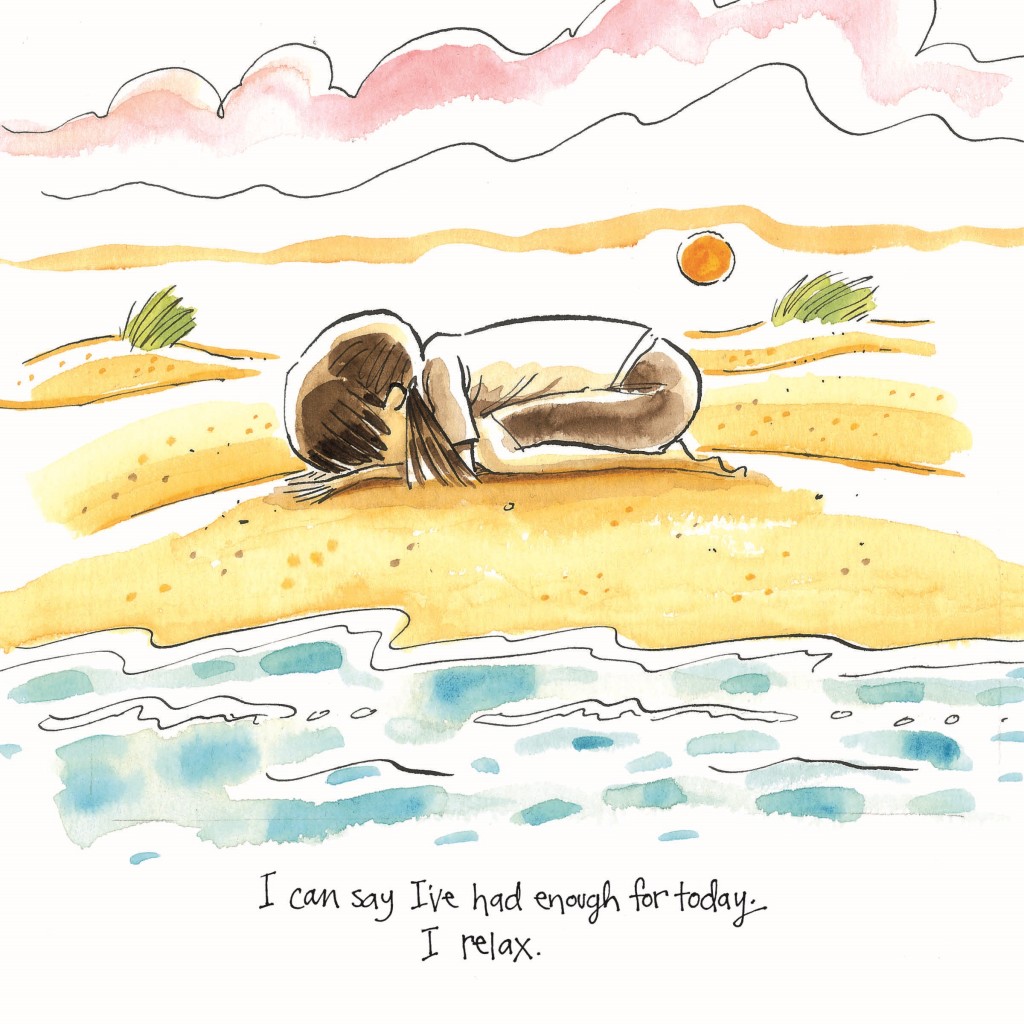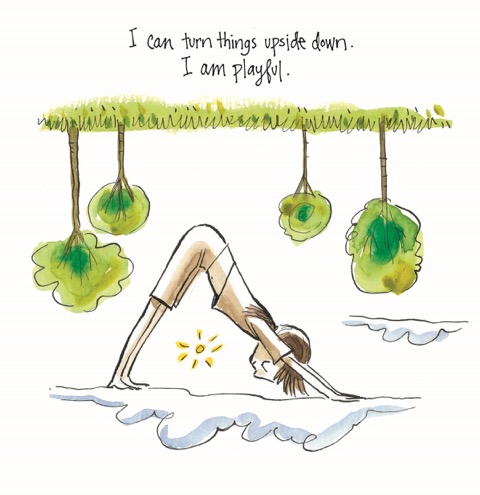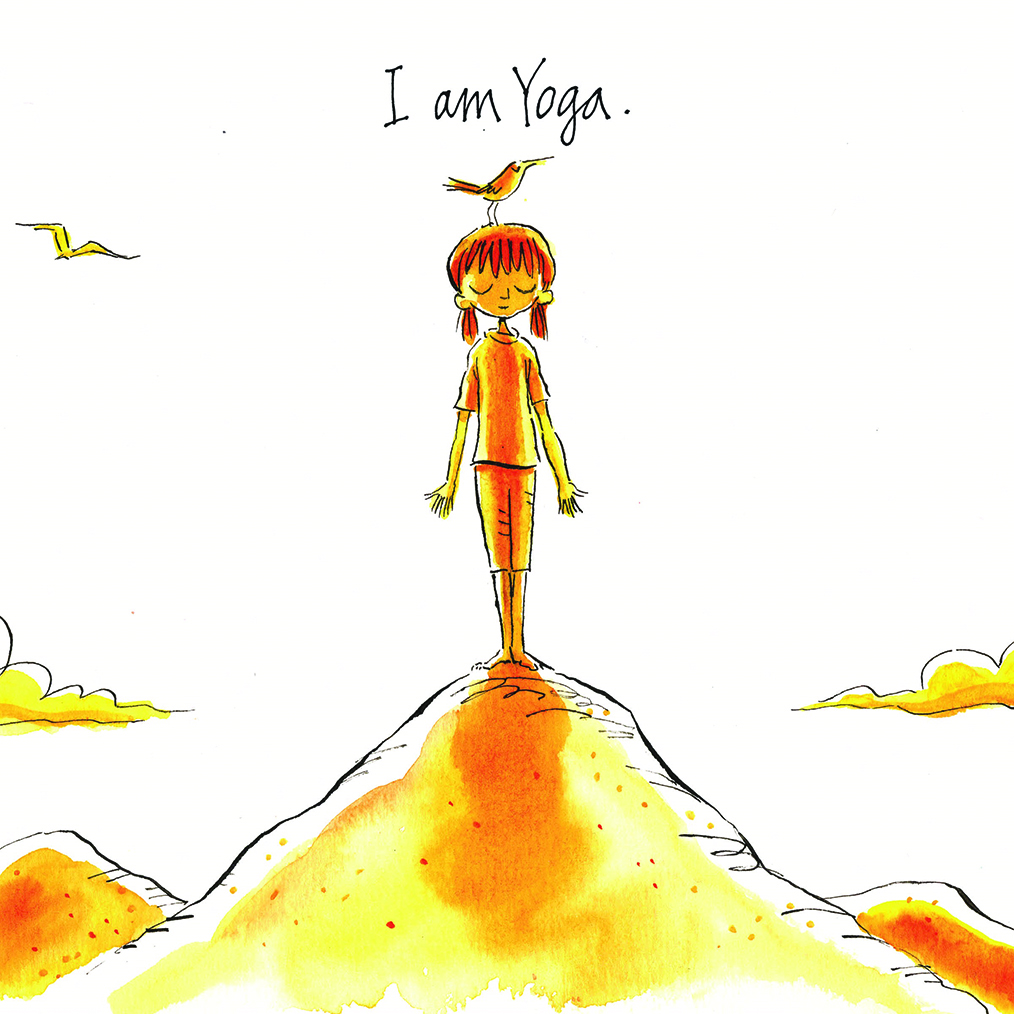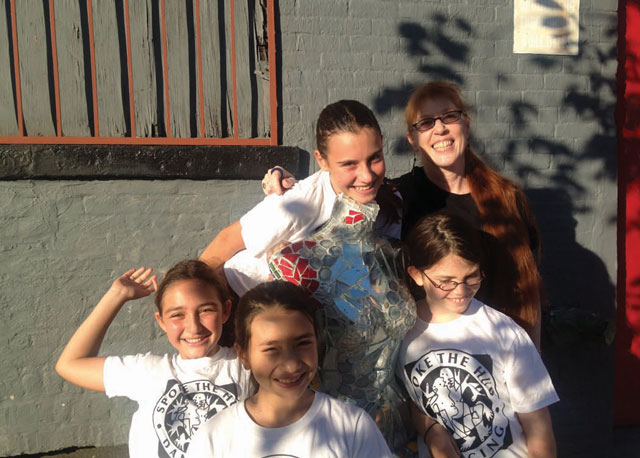The word “yoga” means union. Yoga is the connection between mind and body. My own yoga practice is a way to handle stress, find calm in my mind and strength in my body, and be present as an educator, a parent, a kid’s yoga teacher, and a person in a busy world.
Kids are yoga. Their practice begins naturally as part of their development when they are just infants. Tummy time is Cobra pose. When they are on their backs grabbing for their toes, it is Happy Baby pose. As they grow, children, like adults, encounter stress on many levels, from bad dreams to arguments with siblings to pressure from friends. There’s school-related stress, stress from overscheduling, and, in extreme cases, stress from trauma. The poses and games, the meditations and mindfulness activities of children’s yoga help kids strengthen their bodies, calm their minds, and become aware of the mind-body connection in a noncompetitive, playful way. Kid’s yoga, with all its components, is a toolbox for helping a person manage a world that often feels too big to handle.
My hope is that this playful story of what it means to be yoga serves as a way for children to tap into all that yoga has to offer. As they read, play, imagine, explore, express themselves, and breathe, they can know that whoever they are, however they are in this big world, they fit in just fine.



Book By Susan Verde • Art by Peter H. Reynolds

 It’s Friday morning yoga, and my fellow classmates and I are congregating in the waiting room at Spoke the Hub. The toddler dance class before us lets out, and for a few chaotic moments, we are overtaken by a swarm of excited 3-year-olds that seem to swim through us in the mosaic-tiled fishbowl.
It’s Friday morning yoga, and my fellow classmates and I are congregating in the waiting room at Spoke the Hub. The toddler dance class before us lets out, and for a few chaotic moments, we are overtaken by a swarm of excited 3-year-olds that seem to swim through us in the mosaic-tiled fishbowl.